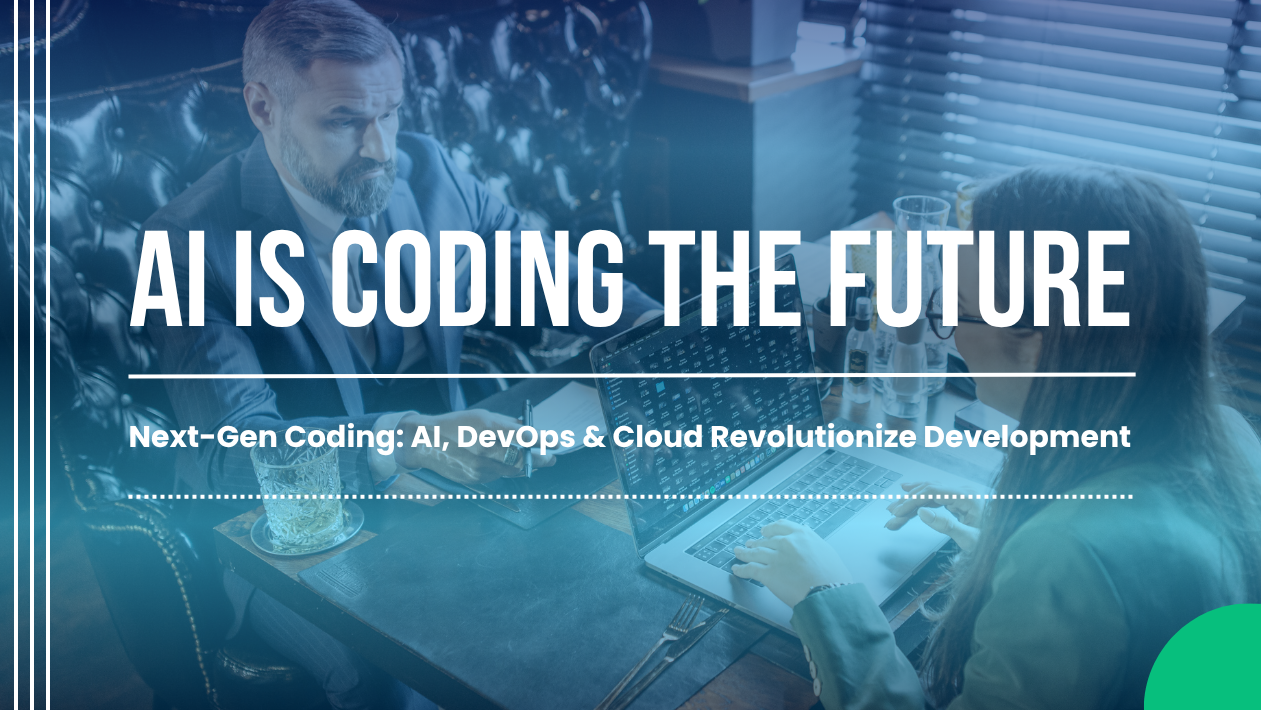Introduction
Data is the fuel of AI—but real-world data is often messy, expensive, biased, or scarce. Enter synthetic data: artificially generated datasets that mirror the statistical properties of real-world information. It’s the silent revolution driving safer, fairer, and more scalable AI.
What Is Synthetic Data?
Synthetic data is created using algorithms rather than collected from real-life sources. It is engineered to simulate conditions, interactions, and patterns that a machine learning model must understand—without exposing real people or sensitive details.
Types include:
- Fully Synthetic: Generated entirely from scratch.
- Partially Synthetic: Mix of real and synthetic data.
- Simulated Data: Derived from simulated environments or digital twins.
Why Is It Emerging Now?
As privacy regulations like GDPR and CCPA tighten, and ethical concerns about data usage grow, synthetic data offers a compelling solution. It ensures compliance without sacrificing performance.
Synthetic Data for Training AI
AI models require millions—even billions—of labeled examples. Synthetic data enables:
- Scalable Model Training: Generate unlimited training examples.
- Rare Event Simulation: Train models on edge cases (e.g., car crashes).
- Bias Mitigation: Balance demographic representation in data.
Industry Use Cases
- Autonomous Vehicles: Simulating complex driving scenarios (snow, rain, pedestrians).
- Finance: Creating realistic but anonymized transaction histories.
- Healthcare: Building medical models while protecting patient confidentiality.
Leading Platforms
- Mostly AI: Offers synthetic customer data for telecom and banking.
- Synthesis AI: Creates synthetic humans for facial recognition training.
- Unity & Unreal Engine: Power visual synthetic data for robotics and AR/VR.
Benefits for Enterprises
- Reduced Data Collection Costs
- Improved Model Accuracy
- Safer AI Development
For The Tech Whale, this means accelerating time to deployment while reducing legal and operational risks for our B2B clients.
Challenges
- Realism vs. Utility: Synthetic data must be both believable and useful.
- Validation: Requires benchmarking against real data to ensure accuracy.
- Public Perception: Transparency around synthetic data usage is crucial.
The Future of Synthetic Data
In the near future, we’ll see:
- AI Generating AI Training Data: Recursive loops where models build better models.
- Data-as-a-Service (DaaS): Synthetic data offered on demand.
- Explainable Synthetic Data: New standards to ensure interpretability.
Conclusion Synthetic data is redefining how we train and deploy AI, enabling speed, scale, and safety. At The Tech Whale, we’re leveraging synthetic data to future-proof our AI solutions and keep our clients ahead in an increasingly data-driven world.





